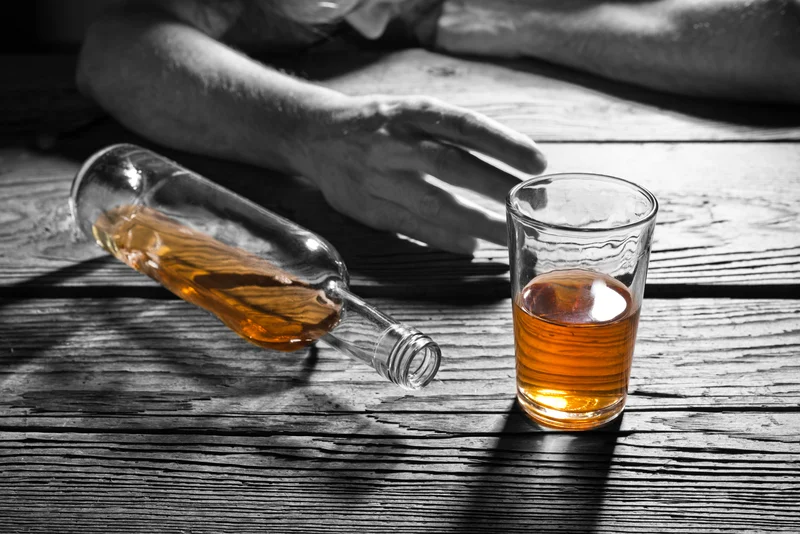
There are typically 6 common characteristics of the “dry drunk” that can hit the recovering alcoholic hard during sobriety in addition to putting added stress and pressure on their relationships. While there is no specific treatment for dry drunk syndrome, several interventions may help individuals manage their symptoms and prevent relapse. Dry drunk syndrome is a term used colloquially within the recovery community to describe a constellation of symptoms experienced by individuals in early recovery from addiction. Dry drunk syndrome accompanies the phenomenon known as post-acute withdrawal syndrome or PAWS. Symptoms of PAWS include poor coordination and balance, delayed reflexes, mood swings, depression and dizziness.
- Alcohol used to provide temporary relief from such feelings, but you can’t rely on that anymore.
- Dry drunk syndrome is one of the stumbling blocks that can impact people on this journey.
- Remember that relapses are a typical and natural part of the healing process.
- You’ve stopped drinking, but emotionally and mentally, it might feel like you’re not really moving forward.
- There are also a few steps you can take on your own to start enjoying your new sober life as you work toward lasting recovery.
Two of the primary causes include the following:
Groups like Alcoholics Anonymous (AA) or SMART Recovery provide a platform for individuals to share their experiences and learn from others who are facing similar challenges. These groups can offer invaluable support and insights into managing triggers. Behavioral residue refers to the patterns and habits acquired during the period of active addiction that linger after the substance is no longer being used.
What Are The Warning Signs Of Dry Drunk Syndrome?

They can’t admit that there are still problems hidden below the surface. It’s definitely possible to wake up one day and commit to being sober, and many people are successful what is alcoholism at doing this. In each situation, the underlying causes of addictive behavior were never addressed and treated.
Strategies to Manage Triggers

Even if we cannot assist you, we will lead you to wherever you can get support. Addiction recovery is a lifelong process, and it is common to experience setbacks and challenges. Yet, long-term recovery and a fulfilling life in sobriety are possible with the right resources and support.

That disconnect leaves you feeling isolated, even if surrounded by people. An alcohol treatment program will identify and treat the root causes of a person’s drinking, and address any undiagnosed mental health issues. A “dry drunk” refers to someone in sobriety who may experience symptoms and behaviors similar to those they had when they were drinking. Alcohol use disorder is more than just a bad habit or lack of willpower — it is recognized as a mental disorder. Someone with AUD may not be able to stop drinking even if they experience harmful effects. In recovery, cutting out alcohol is a crucial step that involves emotional and behavioral challenges.
What Is a Dry Drunk? Signs, Symptoms, and How to Overcome
- Anxiety, in particular, can be draining and counterproductive, as it shifts focus to future uncertainties, making it difficult to maintain a sense of peace and happiness.
- Like other mental health challenges, dry drunk syndrome is best addressed through a combination of individual and group therapy, peer support, and behavioral and lifestyle changes.
- The term “dry drunk” is used to describe a person who has stayed away from alcohol for some time but continues to behave as if he or she is still addicted.
- Researchers believe that this is because the brain and body are still recovering from the chronic changes that addiction has caused.
- For many people, this may be the only way to avoid falling into dry drunk behavior, or overcome the symptoms if they arise.
The We Level Up Treatment Center Network delivers recovery programs that vary by each treatment facility. It’s critical to realize that quitting drinking won’t be effective unless lifestyle, behavior, and mental patterns are altered. People who started drinking to cope with a problem eventually developed an addiction to it. Alcoholics might exhibit a wide range of bizarre attitudes and behaviors. Since they are accustomed to the conduct, loved ones might not notice the symptoms. Addressing these challenges requires comprehensive treatment that focuses on addressing underlying psychological, emotional, and social factors contributing to dry drunk syndrome.


In this article, we delve deep into the triggers of dry drunk syndrome and how to navigate dry drunk syndrome them. One significant aspect of the issue that could be resolved by quitting drinking. However, if the underlying issue or reason behind someone’s drinking is not resolved, other unfavorable feelings and actions could persist. In 12-step programs, this is commonly known as ‘terminal uniqueness,’ or the belief that I am so unique, that no one could understand or relate to me. Unfortunately, those of us in recovery find that the only thing we ever got from sitting on the ‘pity pot’ was a ring around our butt.

